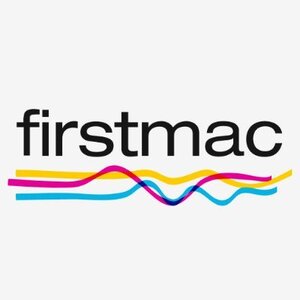Firstmac announced lowest variable offset on the market, no annual fees for life
2.19% (CPR 2.55%) Variable offset broker special 2yr discount (+0.4% after 2 years). Owner occ P&I. No annual fees for life
or 2.39% (CPR 2.75%) Variable offset lifetime discount. Owner occ P&I. No annual fees for life
Fixed/investor rates not competitive
100% Offset sub-account
Free unlimited redraw available
No ongoing monthly or annual fees
One off fees
$500 Legal settle fee
$220 valuation fee (under $1m value)
Other lenders - we can match any lender offer you see just ask
86 400 (owned by NAB) $2k cashback, fix 3yr 1.85%; can do 85%LVR no LMI purchase or refinance
St George/Bank Of Melbourne BOM $3k cashback total. fix 2yr 1.79%; can do 85%LVR no LMI purchase for first home buyer
Westpac $3k cashback total. Variable from 1.99% no annual fee 2yr discount intro
ING $3k cashback. Fix 2yr 1.84%, fix 3yr 1.89%, var from 2.45%. $3k cashback if new loan is $500k+, but eligible if owe less and apply for top up (can leave extra in offset).
Still Available Lenders with up to $4k PURCHASE OR REFINANCE bank cashback
PLUS up to 0.4% ie $4000 broker rebate per loan (on top of bank cashback, available via broker only, not via the bank)
In ADDITION to bank rebates, we have 0.3% - 0.4% broker rebate (based on net of offset/redraw ie balance owing) for ANY bank or product. (Loans >$300k paid as eGift cards from any retailer of your choice 50/50 at 2 and 24 months after settlement).
Contact Us for this offer
Please email Loans@bundleproperty.com.au at first instance and we will reply ASAP.
Missed calls and OzB messages may get delayed.
If you don't get email reply within 48hrs (some emails go into our spam), pls call us or text us.
Len
Bundle Property Home Loans
T: (02) 9698 7186
M: 0422354868
ACL 445947
Mod: Removed broker standard cashback rate from title. Only increased cashback can be added to title.



Comments regarding Comparison Rates (CPR):
There is a common misconception that lower comparison rates CPR will save you more money and better than a higher CPR - not necessarily and can actually be the opposite, here's why:
- "Comparison rates" were invented by the government to reflect lender fees over the life of the loan.
- It is based on a loan size of $150k over 25 years which is irrelevant for most customers. The CPR is actually misleading and can cost you more money.
- If your loan is larger than $150k, then it is better to pick a lender with a lower ACTUAL rate (even if the CPR is higher) as it will save you more interest each year. Of course take into account all the fees eg $395 annual fees, which may be less significant for a larger loan size.
For larger loans, a lower ACTUAL rate (with a higher CPR) is often better than a higher actual rate (with a lower CPR).
- Hence CPR can be misleading and a lower CPR can be more expensive than one with a higher CPR but has a lower ACTUAL rate. The correct approach is to look at the ACTUAL rate plus all fees involved, rather than the CPR.
The CPR may be high for a few reasons:
1. It may incl the $395 annual fee x 25 years = $9,875. This extremely high amount is included in the calc of the CPR for a relatively low $150k loan hence greatly inflates the CPR of such a small loan to make the rate appear much higher than it actually is. It is actually not a huge amount over 25 years relatively speaking (equiv to 0.1% rate difference on a $395k loan size)
2. The fixed CPR is even higher due to after fixed period, it defaults to a higher rate with no discount. In reality, we can always negotiate a competitive discount on variable after expiry of fixed. Also customers refinance after 2-3 years and never stay for 30 years at the same bank.
3. Smaller online lenders have low CPR but often has up $2,000 in application, valuation, legal, discharge fees (which is negligible over 25 years hence the low CPR, but you get hit at every transaction/refinance. The smaller lenders have a lower CPR as they have no annual fee, but often a large upfront/discharge fee. The CPR is a very misleading number and small lenders using a low CPR look better than larger banks even though it may be the opposite.